Economic Benefits of Urban Forests and Management
- August 19, 2024
- 0 comment
The economic benefits of urban forests are significant yet often underestimated in city planning and development. Urban forests contribute to property value increases, reduce energy costs, and play a crucial role in stormwater management.
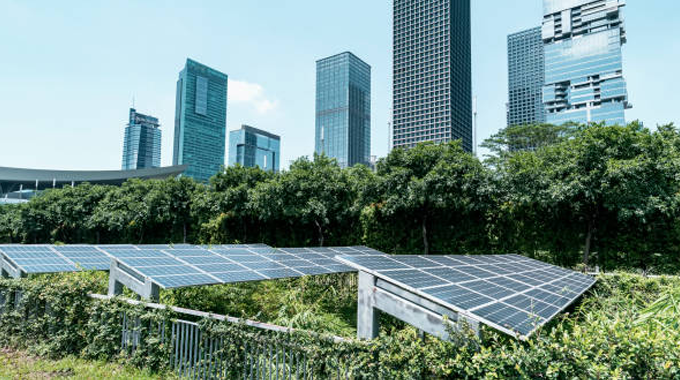
Moreover, urban forests help in stormwater management by absorbing rainfall, reducing the need for expensive stormwater infrastructure, and lowering the risk of flooding. The presence of urban forests also promotes tourism and recreation, which can boost local economies through increased spending in parks, cafes, and shops. Furthermore, these green spaces enhance public health by improving air quality and providing spaces for physical activity, leading to lower healthcare costs. Effective management of urban forests ensures that these economic benefits are maximized and sustained over time, making it a vital component of urban planning.
Table of Content
- Property Value Enhancement
- Energy Savings
- Stormwater Management
- Tourism and Recreation
- Public Health and Healthcare Savings
- Long-term Economic Sustainability
- FAQs
Economic Benefits of Urban Forests on Property Value
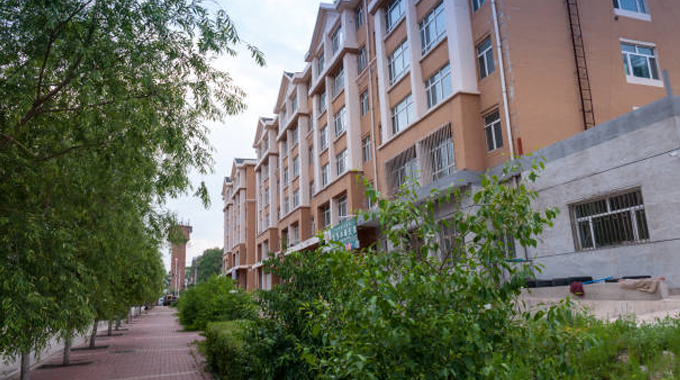
Urban forests have a notable impact on property values, making them a key factor in real estate markets. Properties located near well-maintained green spaces tend to be more attractive to buyers and renters, leading to increased demand and, consequently, higher property values. Studies have shown that homes situated within walking distance of urban forests can see their values increase by as much as 20%. Similarly, commercial properties benefit from the presence of nearby green spaces, as businesses often prefer locations that offer a pleasant environment for their employees and customers.
Case studies from cities such as Portland, Oregon, and Chicago, Illinois, demonstrate this effect. In Portland, properties adjacent to well-maintained parks and green spaces have consistently outperformed the broader real estate market in terms of value appreciation. In Chicago, the development of the 606 Trail, an urban greenway, has led to significant increases in property values along its route, reflecting the economic power of urban forests.
Energy Savings
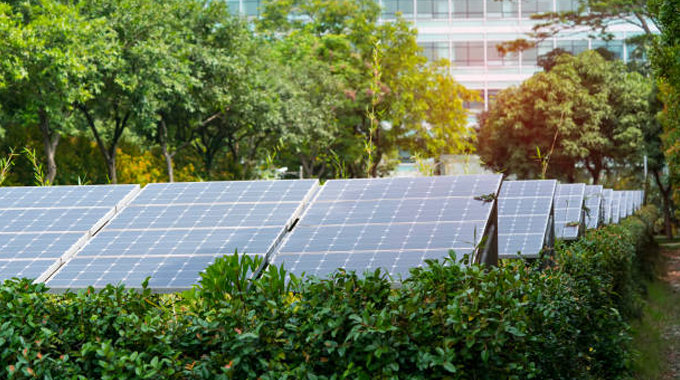
Urban forests play a vital role in improving energy efficiency in cities through temperature regulation. Trees provide shade, which reduces the amount of heat absorbed by buildings and pavement, leading to cooler urban environments. This cooling effect is especially important during the summer months when air conditioning usage typically peaks. By reducing the need for artificial cooling, urban forests can significantly lower energy consumption and utility bills.
Research indicates that strategically planted trees around buildings can reduce air conditioning costs by up to 30%. In cities like Los Angeles, where temperatures can soar, urban forests have been credited with saving millions of dollars in energy costs annually. These savings extend beyond individual households, as the reduced demand for energy also alleviates strain on the local power grid, contributing to broader economic stability.
Stormwater Management
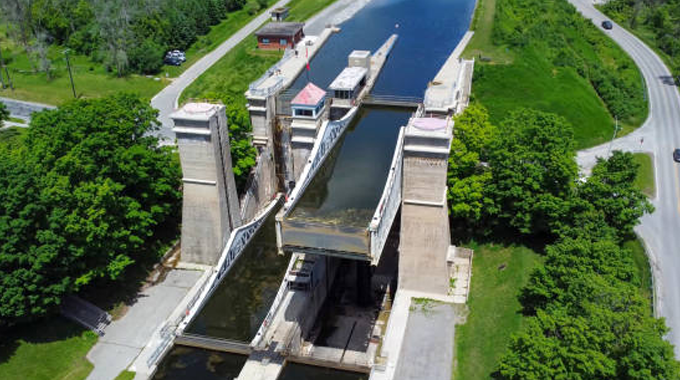
One of the less obvious but critically important functions of urban forests is their role in stormwater management. Trees and green spaces naturally absorb rainfall, reducing the volume of water that must be managed by stormwater infrastructure. This natural absorption helps mitigate the risk of flooding, particularly in urban areas with extensive impervious surfaces like roads and buildings.
By reducing the burden on stormwater systems, urban forests help cities avoid the costly construction and maintenance of artificial drainage infrastructure. In addition, the long-term economic benefits of natural stormwater management are substantial, as they prevent the damage and disruption caused by flooding. For example, New York City’s Green Infrastructure Program, which includes the planting of thousands of trees, has been shown to save the city millions of dollars annually in avoided stormwater management costs.
Tourism and Recreation
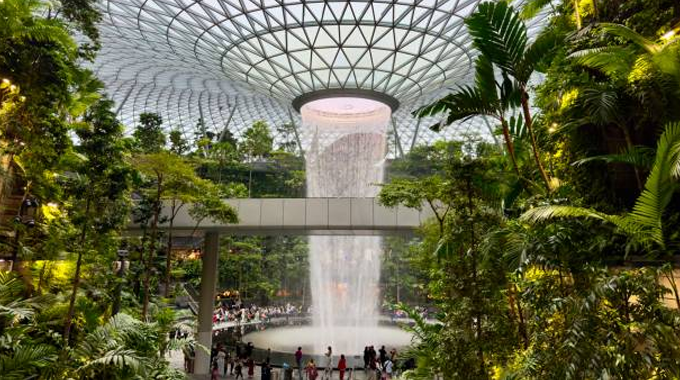
Urban forests also contribute to local economies by attracting tourists and supporting recreational activities. These green spaces offer residents and visitors alike a place to escape the urban hustle, engage in outdoor activities, and connect with nature—all of which drive economic activity. Parks, trails, and urban greenways become focal points for tourism, drawing visitors who spend money on local businesses, including restaurants, hotels, and shops.
Cities like San Francisco and Vancouver have capitalized on their urban forests to boost tourism. San Francisco’s Golden Gate Park, for example, attracts millions of visitors each year, contributing significantly to the local economy. Similarly, Vancouver’s Stanley Park is not only a beloved recreational area for residents but also a major tourist attraction, generating substantial revenue for the city through tourism and associated business activities.
Public Health and Healthcare Savings
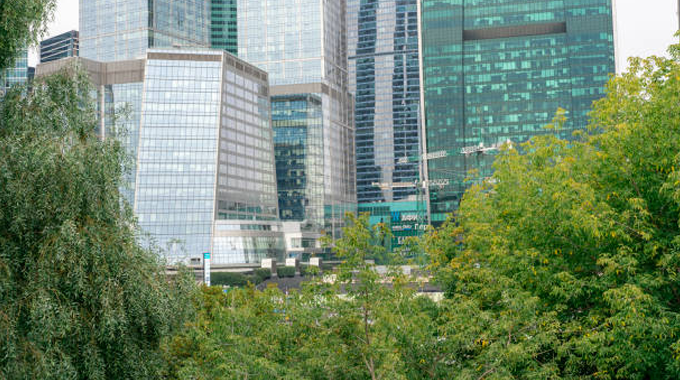
Urban forests contribute to public health by improving air quality, reducing stress, and encouraging physical activity. Trees filter pollutants from the air, which helps reduce the incidence of respiratory illnesses and other health problems associated with poor air quality. The presence of green spaces also promotes mental well-being, offering a natural remedy for the stresses of urban life.
The economic benefits of these health improvements are significant. Cities with abundant urban forests often experience lower healthcare costs, as residents enjoy better overall health. For instance, a study conducted in Toronto found that neighborhoods with more trees had lower rates of heart disease and diabetes, leading to reduced healthcare expenditures. Furthermore, the availability of green spaces encourages physical activity, which is essential for preventing chronic conditions like obesity and hypertension, further reducing the burden on healthcare systems.
Long-term Economic Sustainability
To ensure that the economic benefits of urban forests are realized and sustained, proper management is essential. Urban forest management involves the strategic planning, planting, and maintenance of trees and green spaces to maximize their economic, environmental, and social benefits. This includes selecting appropriate tree species, implementing maintenance practices that promote tree health, and ensuring equitable access to green spaces across all urban neighborhoods.
Effective management strategies not only enhance the immediate economic benefits of urban forests but also contribute to their long-term sustainability. This requires collaboration between government agencies, community organizations, and residents to support urban forestry initiatives. For example, cities like Seattle have implemented comprehensive urban forestry plans that include community engagement, sustainable tree planting programs, and long-term maintenance commitments, ensuring that urban forests continue to thrive and provide economic value for generations to come.
Frequently Asked Questions (FAQs)
1. How do urban forests impact property values?
Urban forests enhance the appeal of nearby properties, leading to increased demand and higher property values. Homes and businesses located close to well-maintained green spaces tend to be more desirable, resulting in value appreciation.
2. What role do urban forests play in energy savings?
Urban forests contribute to energy efficiency by providing shade and cooling urban areas. This reduces the need for air conditioning, leading to lower energy consumption and cost savings for residents and businesses.
3. How do urban forests help with stormwater management?
Urban forests naturally absorb rainfall, reducing the volume of water that must be managed by stormwater infrastructure. This helps mitigate flood risks and saves cities money by reducing the need for expensive drainage systems.
4. What economic benefits do urban forests provide through tourism and recreation?
Urban forests attract tourists and support recreational activities, which generate revenue for local economies. Parks, trails, and green spaces become popular destinations, boosting spending in nearby businesses.
5. How do urban forests contribute to public health and reduce healthcare costs?
urban forests improve air quality, reduce stress, and encourage physical activity, leading to better overall health for residents. This, in turn, results in lower healthcare costs due to the reduced incidence of chronic conditions and respiratory illnesses.
6. Why is the management of urban forests important for long-term economic benefits?
Effective management ensures that urban forests continue to provide economic, environmental, and social benefits. Proper planning, maintenance, and community involvement are key to sustaining these benefits over time.
7. How can cities maximize the economic benefits of their urban forests?
Cities can maximize the economic benefits of urban forests by investing in sustainable urban forestry programs, engaging communities in tree planting and maintenance, and implementing policies that protect and expand green spaces.
8. Are there any specific examples of cities that have successfully leveraged urban forests for economic gain?
Yes, cities like Portland, Oregon, and New York City have successfully leveraged their urban forests to enhance property values, reduce energy costs, manage stormwater, and attract tourists, contributing significantly to their local economies.

Gilbert Griffin
Forestry AuthorGilbert Griffin is a forest management expert specializing in sustainable practices, forest health, conservation, and land management. With extensive knowledge in pest control, disease management, and habitat restoration, Gilbert develops strategies to preserve forest ecosystems and biodiversity. Passionate about the natural world, Gilbert adapts to changes in forest management and stays updated through continuous learning. Gilbert also provides seasonal advice to optimize forest care throughout the year.









Leave your comment